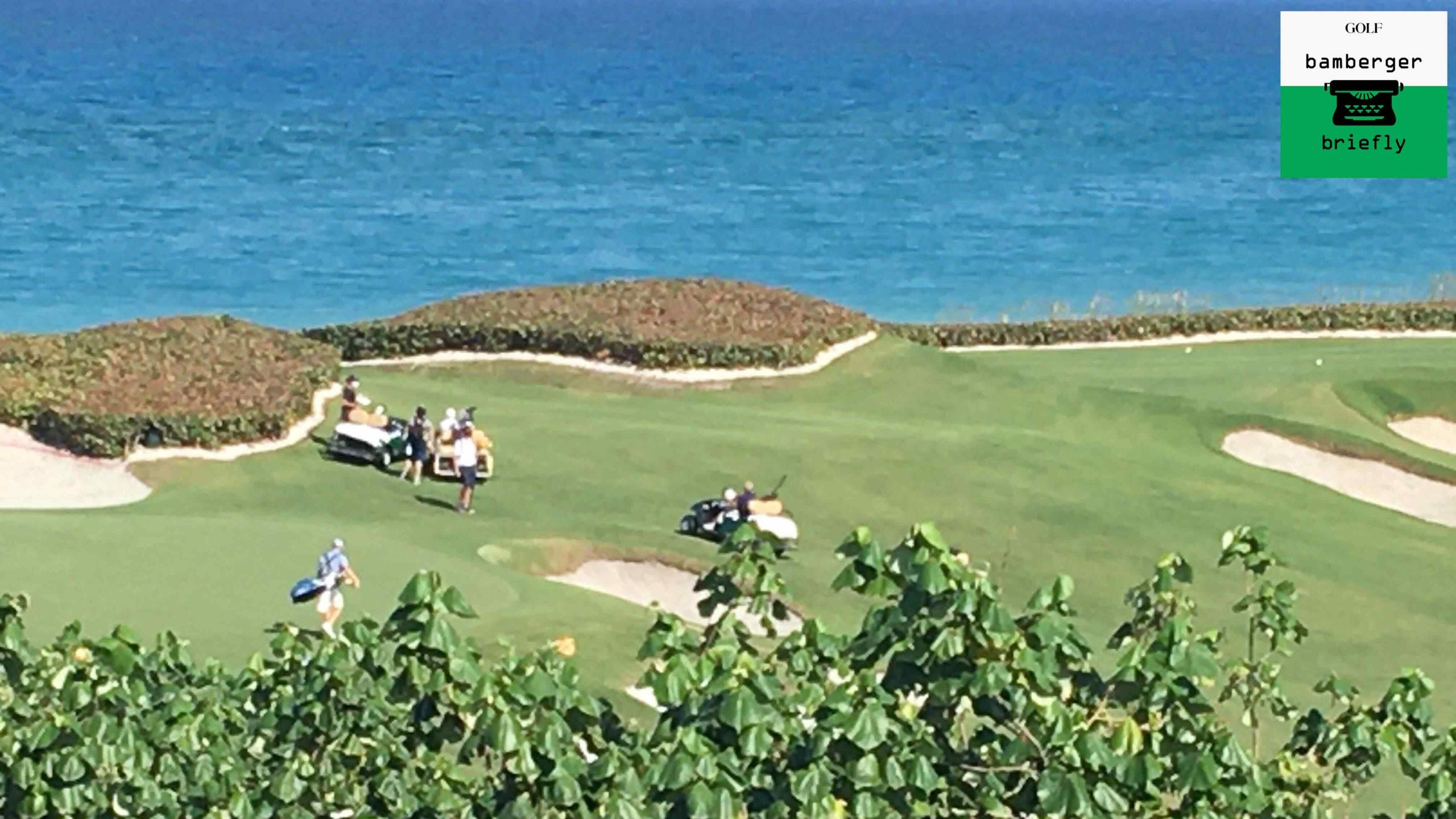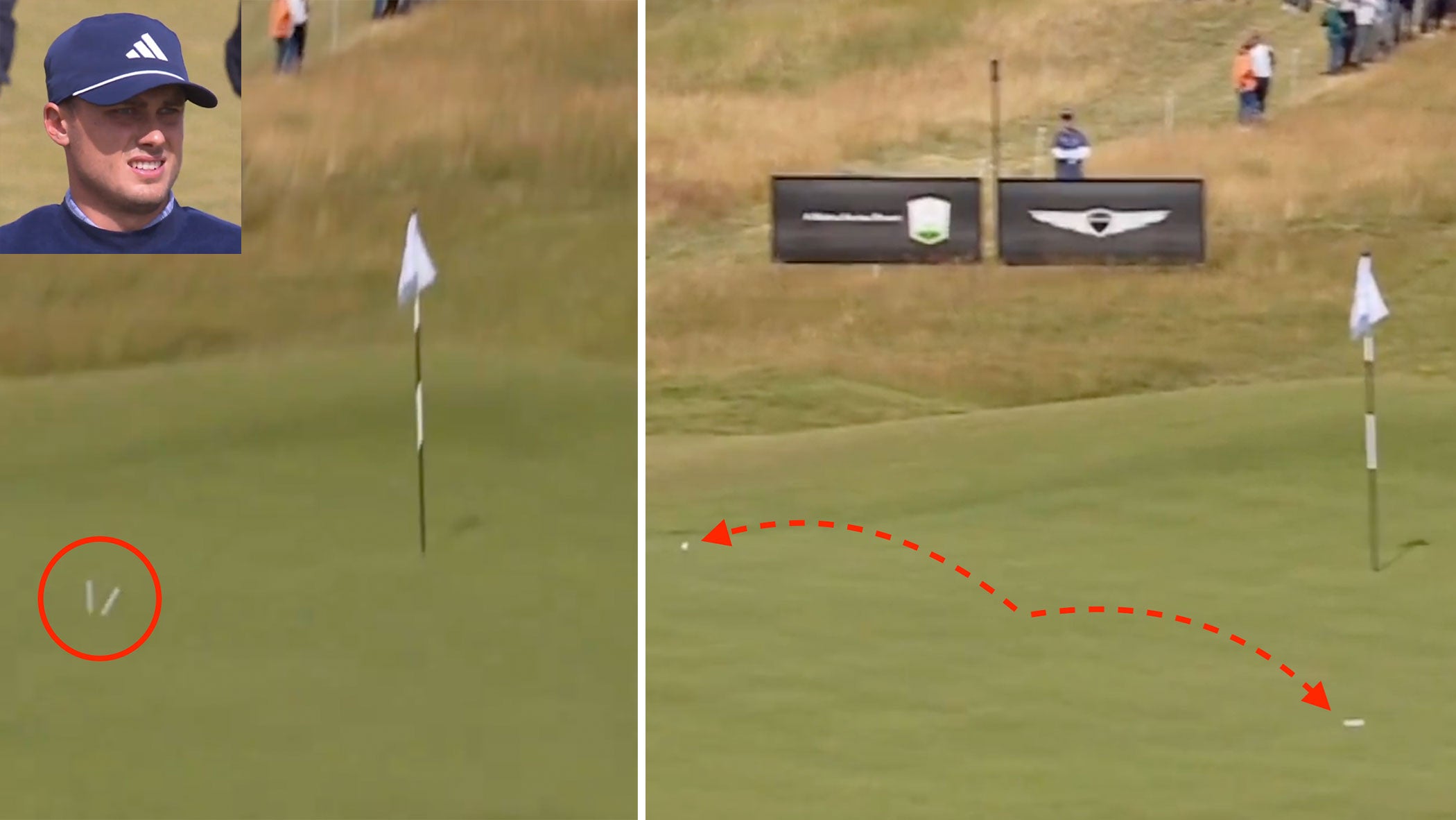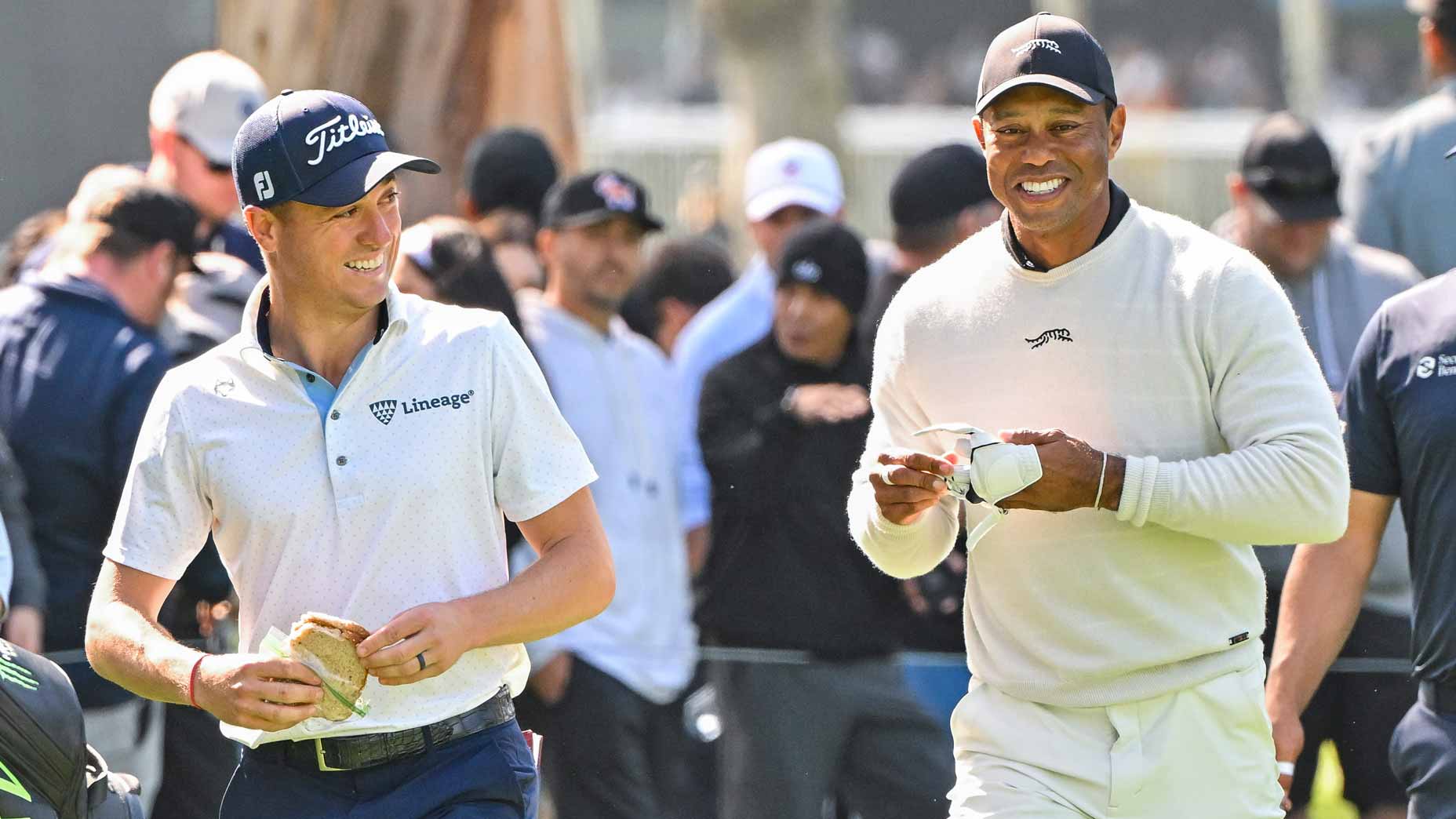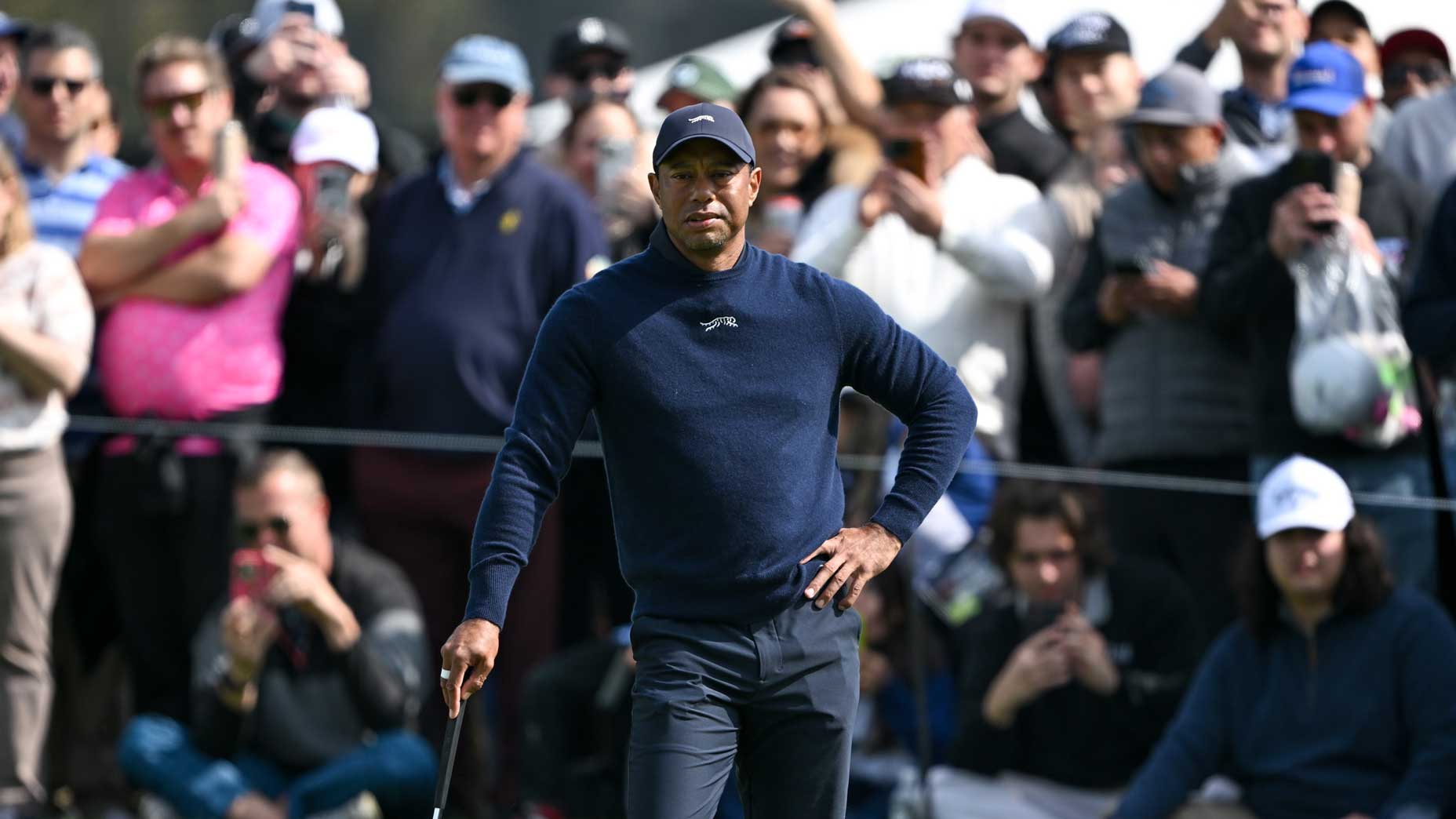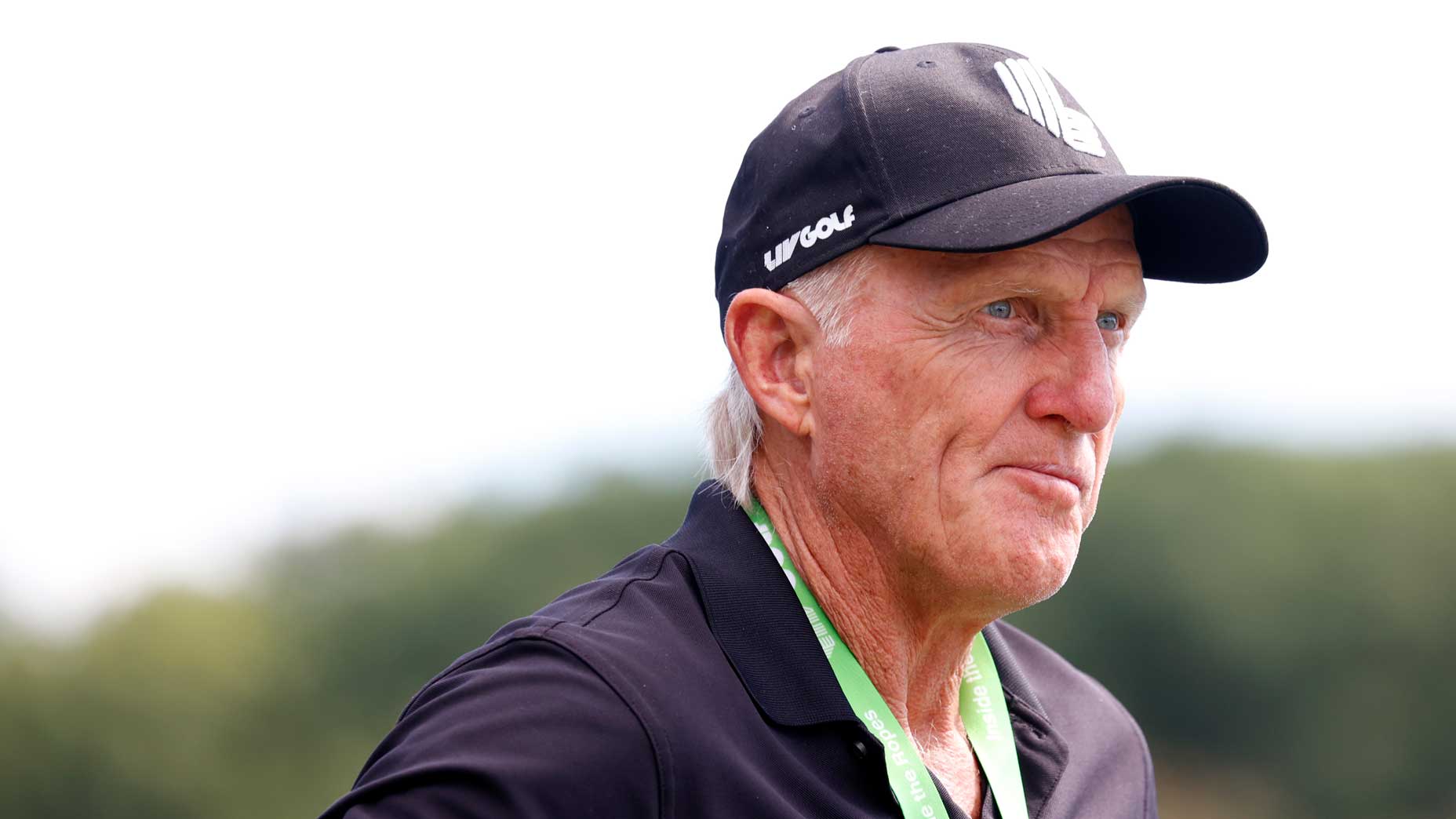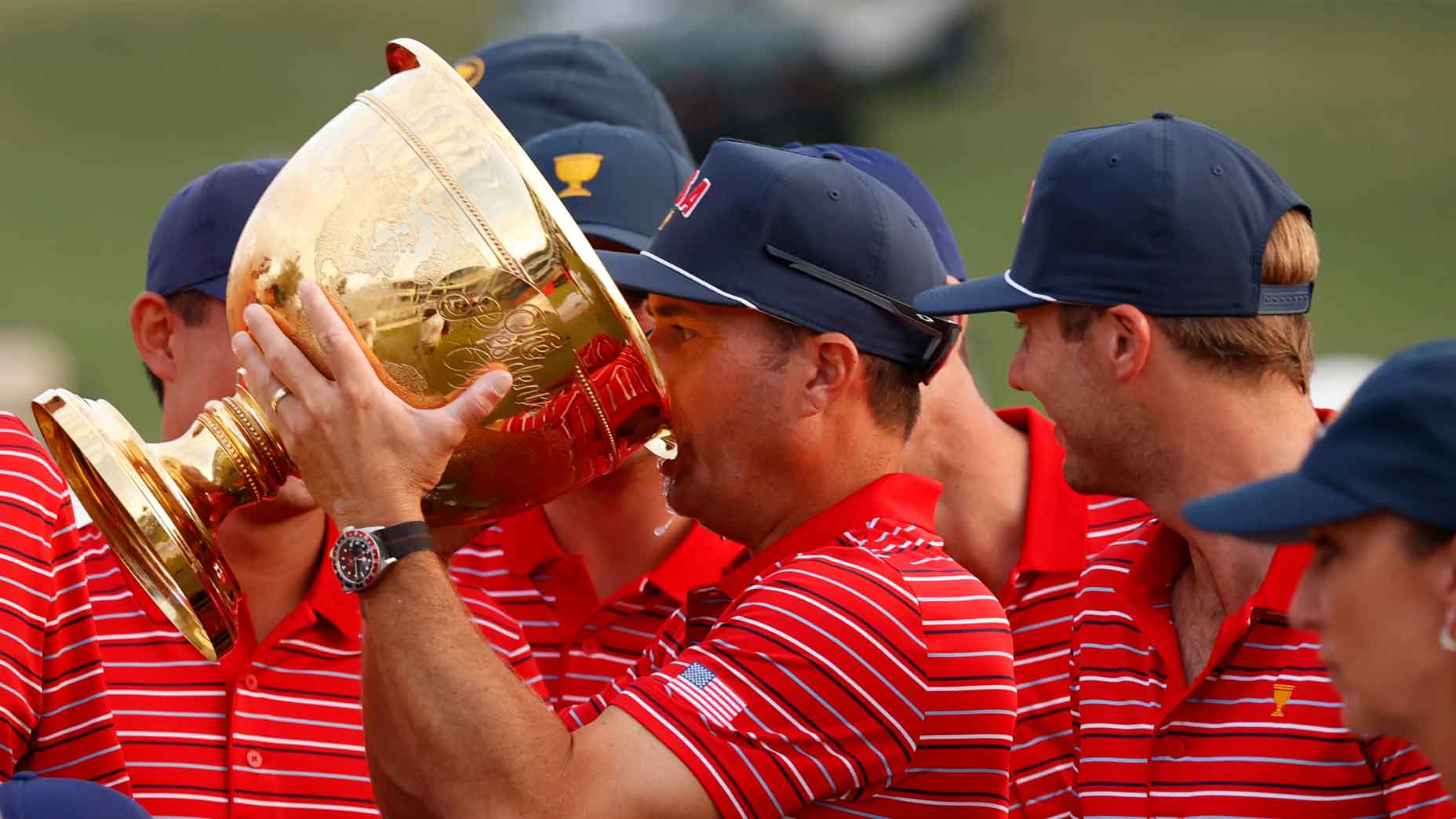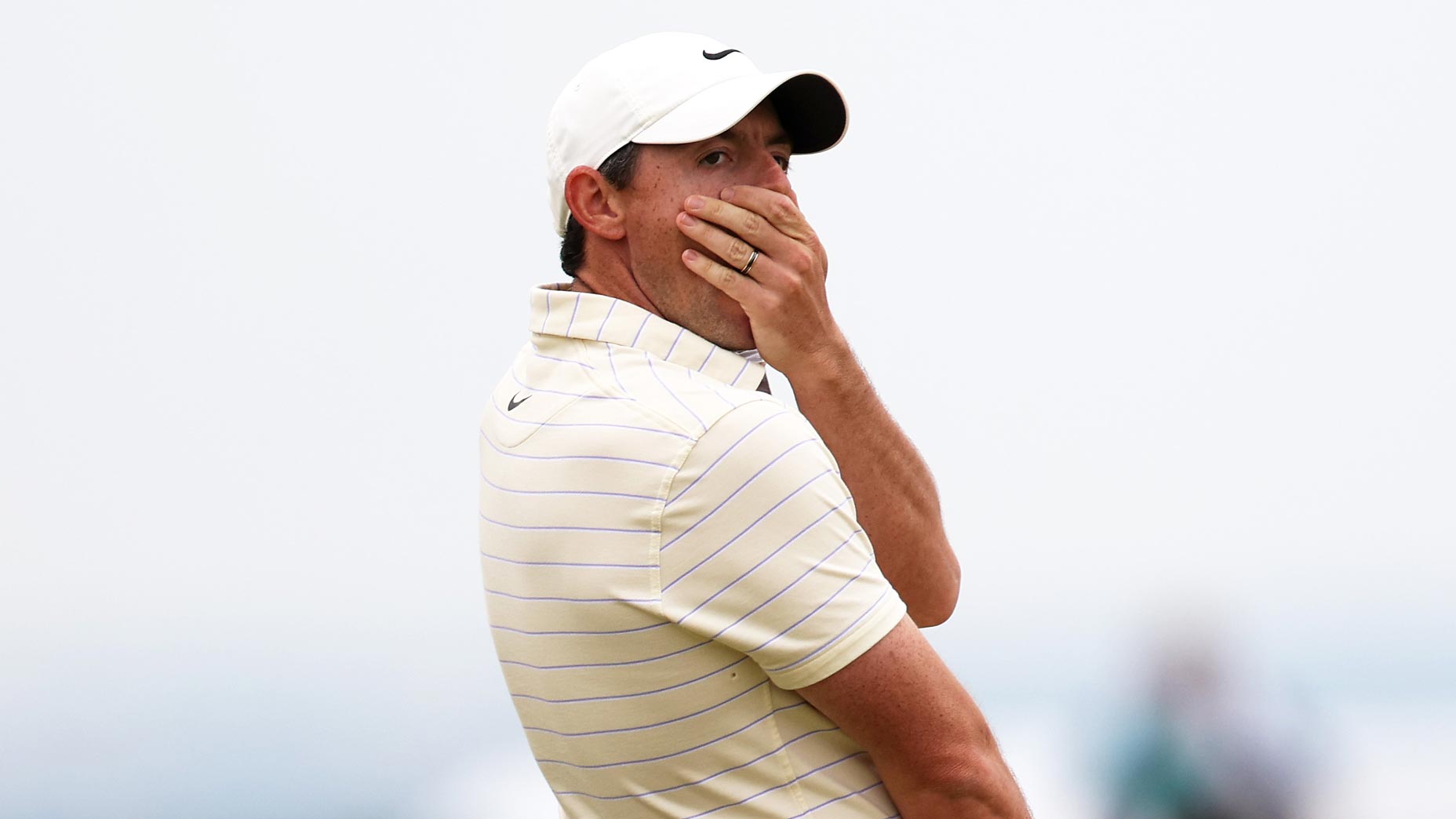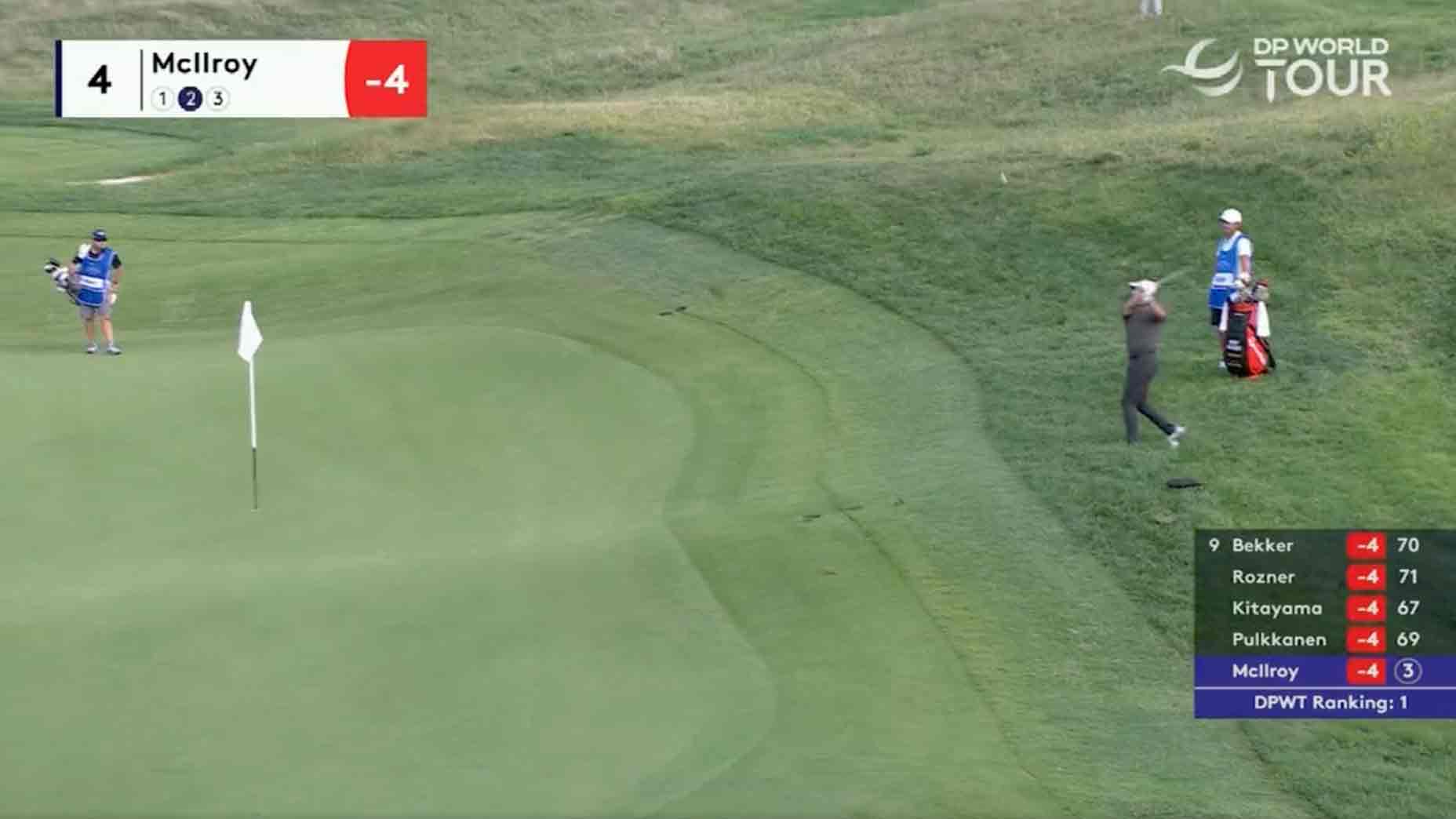Michael Bamberger is back on the road, keeping two club lengths from his sources. This is the first installment in a five-part Bamberger Briefly series from South Florida, about professional golf’s return to action.
JUNO BEACH, Fla. — The occasion was a mid-May golf match on a storied course behind chain-link fences and giant rubbery hedges. The event brought ripples of giddy pleasure throughout golfdom. It also brought giddy catcalls from a small boat bobbing in the Atlantic, and modest clapping from a rooftop above the players and, briefly, within their earshot.
Had this year been normal, Sunday’s gaze would have been westward, toward San Francisco, to Harding Park and the finale of the PGA Championship. Instead the view was southward — for a lucky few of us, anyway — watching from a rooftop, in this account.
If you’ve been to Wrigley Field, you know this scene’s distant cousin. There, at another antique that has stood up proudly to Father Time, Cubs fans sit atop the row homes on Waveland and Sheffield Avenues, taking in the baseball and the beer. Maybe this will hit closer to home for you: the kids in trees watching Francis Ouimet raise the U.S. Open jug at The Country Club in 1913.
I will keep to myself the name of my host, my hostess, the building’s name, my path to this lucky spot, years in the making. This is about fandom in its various forms. The kids on the Fourth, biking into town, claiming their parade spots early, for an unobstructed view of the grand marshal. (Here he comes, Soupy Sales!) This is probably a good time to note that the TaylorMade Driving Relief event is the great grandchild of a simpler thing now known as The Match, played in 1956. George Coleman stood tall for that event, bringing ends together. Years later, George Coleman was Seminole’s benign czar.
There were four balls on the 12th green, all close to the yellow flagstick, doing a shimmy dance in the wind. Which ball belonged to whom? The fellas, obstructed by trees, were making their way in and soon the answers would be known. Every decade or so a storm blows in and knocks down these trees. Seminole, an oasis first and foremost, plants new ones. Rickie Fowler was closest and the only of the four to hole his putt. He came off the green and acknowledged his applause from above the trees.

We couldn’t see his tee shot on the par-3 13th. We could see that it finished in a greenside trap. Over that green is a dune, the beach, the Atlantic. The beach was closed, because of the pandemic.
The players moved from the 13th green to the 14th tee, practically in a dune. Three boats were a few hundred yards offshore. Matthew Wolff uncorked a drive that went forever. The boatsmen whistled their approval, their calls carrying downwind just like Wolff’s tee shot. There might have been a dozen spectators, watching live, from on high and at sea. True, there wasn’t much to see, but anybody who has ever been to the Masters says the same thing, without complaint. It was great to be there, that’s the one-sentence report from this reporter. The afternoon was sunny, humid and windy. Rain was moving in.
The 20 or so people on the course were all working, in the name of charity, spaced out in appropriate deference to the pandemic. There were camera operators and a photographer and Mark Russell of the PGA Tour, handling the rules and the flagsticks. Only a few people were wearing masks. Next May, when the Walker Cup is played at Seminole, fans will again move with the players and their caddies, provided our future looks something like our past.
From the rooftop, the course was the star. You could readily see the long sand ridge that runs along the dunes, the course’s eastern border, and then again, strangely, along A1A, the course’s western border. Seminole, on this Sunday, had ever-changing winds. Not an ocean blow, but a real wind. It played like a 150-acre Amen Corner. Also, from the roof, you can see that every palm on the course means something. You could imagine playing the course for a week and not losing a ball, if you could keep it out of the course’s many dark ponds. A man can dream.
There was the pink clubhouse to the south, from my perch. By the end, the sun was setting in the west. The ocean was getting darker, to the east. The hostess was going to make Sunday supper, for some elderly friends.
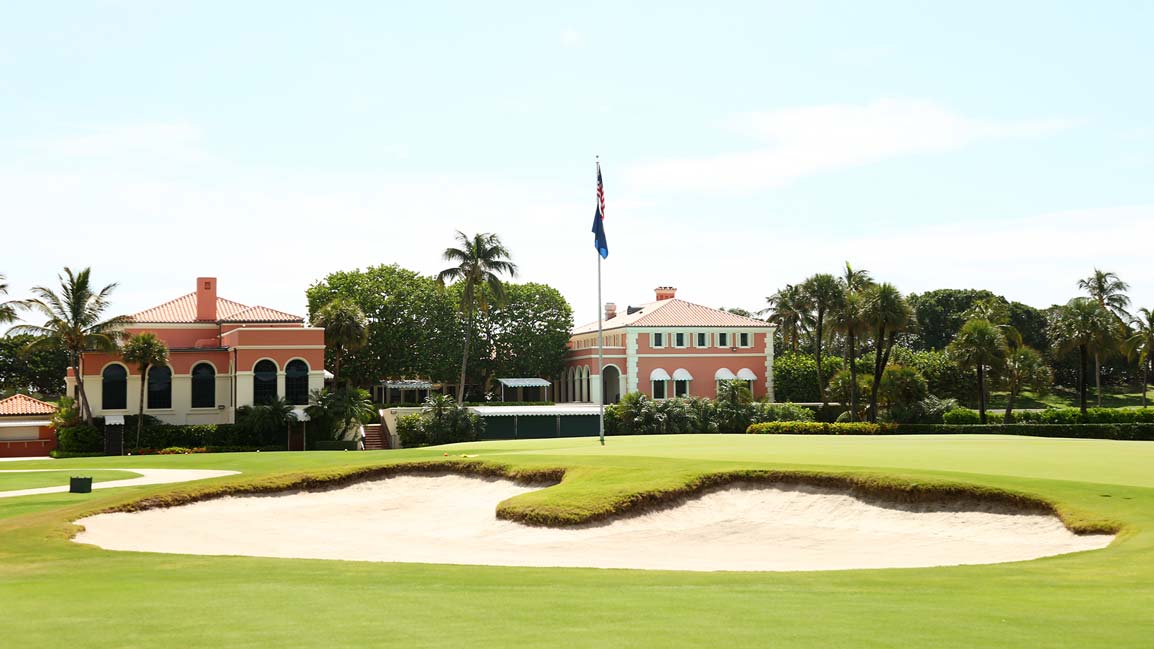
Seventeen is a par-3 in the dunes and out of a dream. The players played their tee shots. The pin was in the back, on the left. They were playing draw shots into a slice wind. The Seminole caddies don’t track greens hit, but greens visited. You’re on them, and then you’re not. It’s the pitch and the wind. What a course.
Rickie Fowler kept his tee shot on the green. Dustin Johnson did, too. We had no idea how the match stood and it did not matter. The causes were good ones. Money for charity, new vistas for us, on TV and in person.
Nobody made a birdie on 17, that I could tell. The fellas made one of the best walks in golf, from Seminole’s 17th green to its 18th tee. One man stayed behind on the 17th tee. He picked up the two tee markers and moved them 60 yards ahead, in preparation, should it be needed, for a single-swing-closest-to-the-pin playoff (indeed, the bonus shot was required). He inspected his work. It’s like hanging a picture, has to be done just right.
On Wednesday, the members will get their course again. Nobody will watch from a rooftop or from a boat deck or on TV. But golf will be played, and not just at Seminole. It’s a little different, right now, but golf is coming back. Tell a friend.
Michael Bamberger welcomes your comments at Michael_Bamberger@GOLF.com
